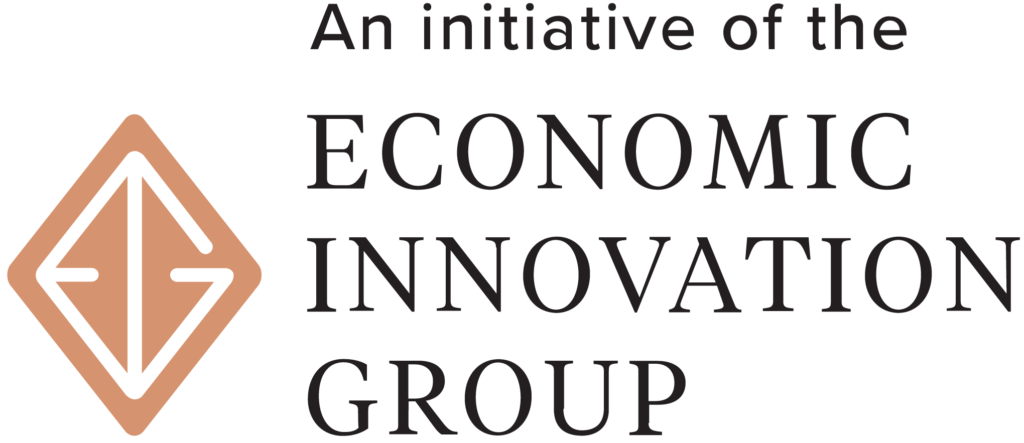Washington, D.C. — Income from assets has skyrocketed in centers of wealth, technology, finance, mining, or recreation over the past few decades while stagnating in many distressed communities, according to a new Economic Innovation Group (EIG) report, interactive map, and case studies released today.
The report “From Wealthy Enclaves to Asset Deserts: What the geography of asset income signals about wealth distribution in the United States,” uses data from the Bureau of Economic Analysis and finds that one-fifth of personal income in the U.S. is derived from asset income—defined as dividends, interest, or rent. And yet, in 2019, nearly two-thirds of all counties had asset income per capita below the county average, the report notes.
“The pandemic has underscored the divide in financial security and well-being between the Americans who own assets and those who do not,” said EIG Research Director Kenan Fikri. “The overall economy is booming and asset prices are soaring, but many American communities are left out with little direct stake in the wealth created on financial markets. Building wealth inclusively will require expanded and innovative pathways to increase asset ownership for more American families.”
Nationally, asset prices have been booming for years, but the report uncovers a widespread dearth in asset ownership across much of the country. Nearly one-quarter of all counties now have asset income per capita less than half the national rate, a considerable rise from only 10 percent in 1990 that signals growing geographic inequality. The report’s case studies and interactive maps draw out several telling comparisons—between the Bronx and Manhattan; Los Angeles and Riverside; and Cleveland and Austin—that provide case studies in localized inequalities and changing economic fortunes.
The research showcases the need for more accessible opportunities for people to save, invest, and build wealth so they can participate in and prosper in the American economic system beyond earning wages. EIG’s Inclusive Wealth Building Initiative explores potential pathways, such as a government-matched retirement security and investment plan modeled after the federal employees’ Thrift Savings Plan, proposed by a bipartisan pair of economists, Teresa Ghilarducci and Kevin Hassett. The proposal would provide low- and moderate-income working Americans, of whom an estimated 77% are asset-poor, opportunities to build household wealth.
Key findings from the report:
- Nearly one-quarter of all counties now have asset income per capita less than half the national rate ($11,400 per capita in 2019), compared to only 10 percent in 1990.
- By contrast, the number of counties with asset income per capita two times the national level doubled from 1990 to 2019.
- Today’s asset income hotspots are overwhelmingly centers of finance, technology, mining, or recreation. Teton County, WY has the highest income from assets per capita in the country at $161,400. Among populous counties, Manhattan (NY), San Mateo (CA), and Palm Beach (FL) lead.
- Mountain West states such as Wyoming and Colorado contain some of the greatest asset income inequality in the country, hosting enclaves of extreme affluence alongside deeply distressed rural areas.
- Highlighting the racial wealth gap, the residents of Cleveland’s least diverse neighborhood earned a total of $262 million in dividends in the 2018 tax year, or $15,800 per a person, compared to a total of $27,000 that went to residents of its most diverse neighborhood, or around a dollar per a person.
EIG media contact: Danielle Cassagnol ([email protected])
About the Economic Innovation Group (EIG)
The Economic Innovation Group (EIG) is a bipartisan ideas laboratory and advocacy organization whose mission is to advance solutions that empower entrepreneurs and investors to forge a more dynamic American economy. Headquartered in Washington, D.C., EIG convenes leading experts from the public and private sectors, produces original research, and works to advance creative legislative proposals that will bring new jobs, investment, and economic growth to communities across the nation. For more information, visit eig.org.
###




